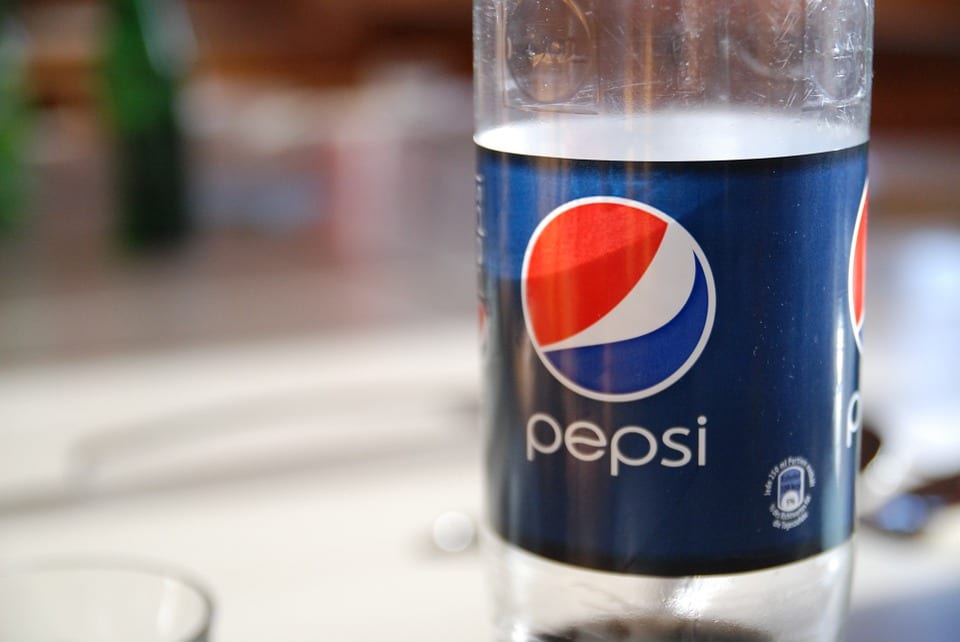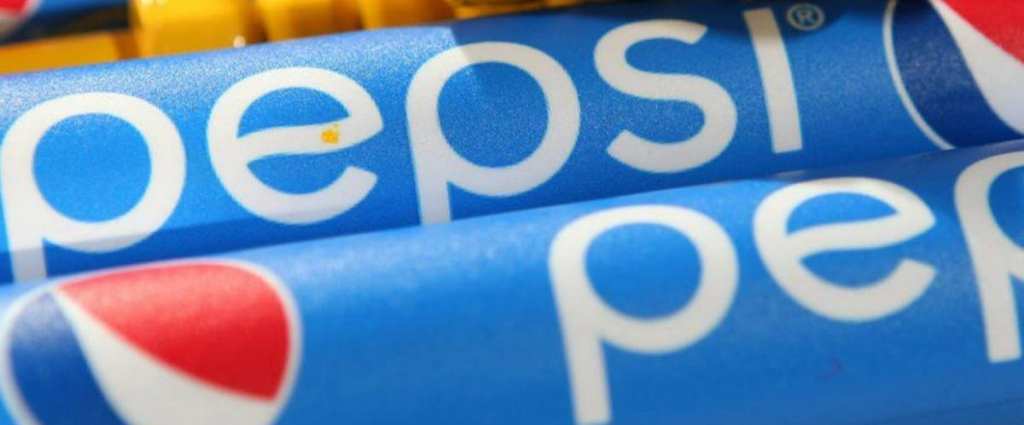Computer errors are annoying, sure, but has one ever cost your company about $8 million and resulted in your headquarters being literally bombed? No?
Well, that’s what happened – and more – when Pepsi accidentally announced a winning number in their Number Fever promotion back in May of 1992. Every day, residents of the Philippines checked under their bottle caps to see whether they’d won the usual daily prize of roughly $5 or had managed to nab a cap that would change their life to the tune of $40k.

Photo Credit: Pixabay
The promotion was working, too, in a country with tons of soda drinkers but where Pepsi, as in the rest of the world, consistently came in as #2 to rival Coke. Sales in the Philippines had spiked 40%, and Pepsi’s share of the market had risen to 26% as they gave away $5 prizes to 51,000 people and $40,000 to a mere 17.
All of that changed on May 25th, 1992, when the winning number flashed on the television screen – 349 – and literally hundreds of thousands of people thought they had won the day’s grand prize. They marched to Manila’s Pepsi plants the next morning to find that the number had been mistakenly printed on 800,000 bottles. Only two also contained the security code that declared the cap an authentic winner.
Pepsi owned the error and apologized (and presumably fired D.G. Consultores, the Mexican marketing firm that generated the numbers via computer). They even offered everyone with a 349 bottle cap $20 to help alleviate their disappointment.

Photo Credit: Pixabay
But people were not having it.
They formed mobs that turned into organized factions with elected leaders who called for product boycotts – some even had their own propaganda. Riots ensued and homemade bombs flew as the plants and factories erected barbed wire in an attempt to protect their investments and employees. Death threats abounded and fretful executives hired bodyguards and armed delivery trucks (between 32 and 37 of them were overturned, burned, or otherwise vandalized during the early days). Many chose to leave the country altogether.
One homemade grenade missed its target, killing a schoolteacher and a 5-year-old student and wounding 6 others.
The people would not be placated by $20, and they didn’t understand why such a big company wouldn’t honor its commitment even if an error caused the uproar. One protestor, a 64-year-old woman named Pacienncia Salem, summed up the thoughts of a nation when she said:
“Even if I die here, my ghost will come to fight Pepsi. It is their mistake. Not our mistake. And now they won’t pay. That’s why we are fighting.”
The giveaway was meant to boost sales, and well into 1993, Pepsi saw their market share take a dive and their expenses go up – they had budgeted a total of $2 million in prizes and were now up to $10 million. Plus, you know, workers were afraid for their lives.

Photo Credit: Pixabay
Pepsi refused to back down, despite having to respond to 698 civil suits and 5200 criminal complaints (all of which were tossed out of court), but, even so, the ire eventually began to fade. Sensationalist claims, like Pepsi having orchestrated the protests for their own gain (?) and rival companies having been involved, gained no traction.
It wasn’t until 2006 that a Philippines Supreme Court ruling officially closed the book on all outstanding court cases and found that Pepsi was not obligated to honor payouts that resulted from the computer error.
An end, perhaps, but likely not the one all of the protestors were hoping for back in 1992. Win some, lose some, I suppose.






